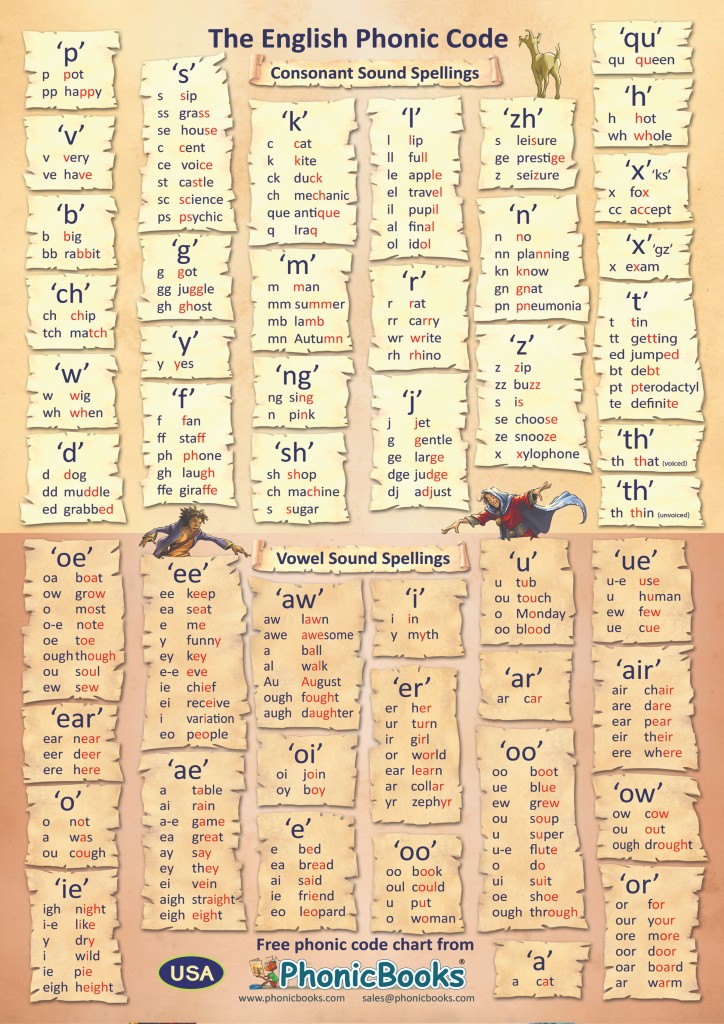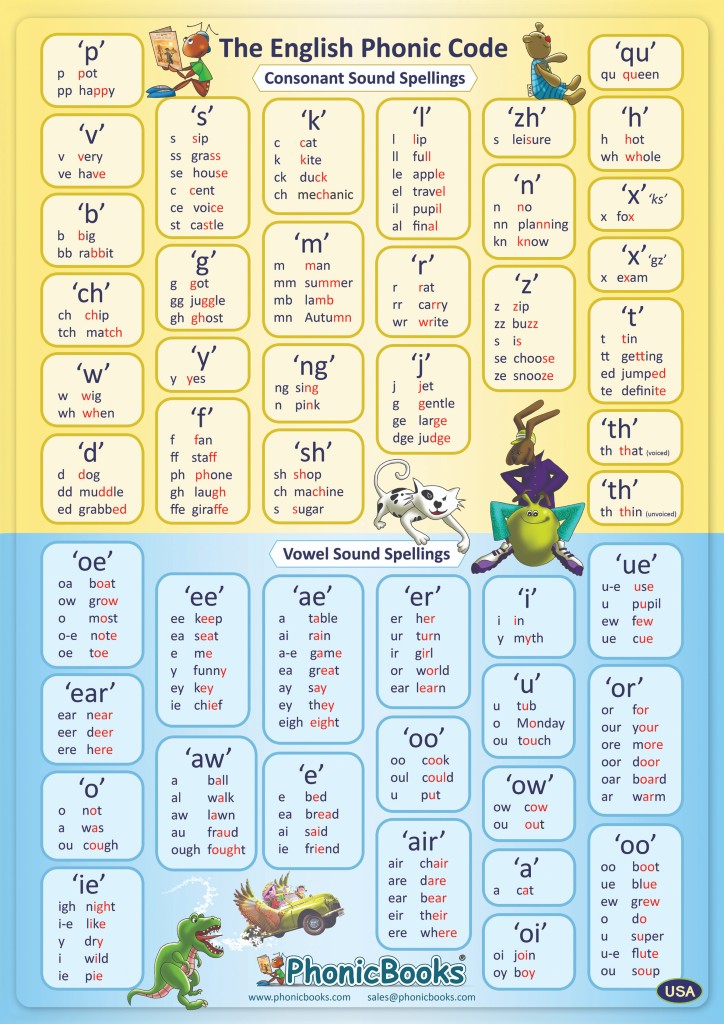I love the way Christopher Such writes about teaching reading, and if you haven’t read his book The Art and Science of Teaching Primary Reading – do. I have found it is very accessible and really useful for busy teachers to keep up with recent research into reading instruction.
What I like most about his writing is he that dismantles the the barricades created over decades of the ‘Reading Wars’. This is very important because in the process of arguing the importance of phonics in learning to read, we can lose sight of the other elements that are also crucial. Many of the detractors of phonics say that reading isn’t phonics and they are right! Phonics is only a part of what children need to learn to read. But it is a crucial part.
In his recent article Such presents some helpful points:
- Phonics is not an exact science – it an approximation of how to represent English speech sounds with letters. Not all programmes agree on how to do this, and he offers the example for the word ‘made’ – is the /ae/ sound represented by the letter ‘a’ or by a split digraph a-e. Most programmes teach the first option but some teach the second. This is not an error – it is a different approach.
2. How much of the code is it necessary to teach? There is no agreement on how much of the alphabetic code a child needs to be able to decode. Such reminds us that:
“The key goal is to teach kids enough of the code so they can begin learning how English orthography actually works through successful experience with text.”
3. The best way to offer children an initial ‘successful experience with text’ is with decodable books as children learn how to decode unfamiliar words. This is pretty straightforward – beginner readers need to be taught the code in small steps and phonemic awareness skills that underpin reading.
4. Kids need to be exposed to other texts so that they “to learn to deal with bits of the code that they *don’t know yet*. The code is too complex for them to only deal with correspondences that they have learned in advance.” This means that we can and should expect children to encounter text with graphemes they have not yet learned. They will need to use the tools they already have to work out what these words are. What is important is the language we use when we introduce these ‘not yet met’ spellings.
5. Vocabulary is essential for a successful experience with text. “This learning from experience is fundamental. It relies on the code knowledge they do have but also on their vocabulary.”
6. Children can learn new vocabulary from reading without knowing how to pronounce the words correctly. Such gives the example of the word ‘hyperbole’ which many would pronounce ‘hyperbowl’ until they heard the word pronounced out loud. I am such a person!
7. Teachers should continue to teach unusual spelling patterns to highlight complex spellings. I would add that etymology and morphology are really helpful too.
8. Children need a great deal of exposure to text to help the orthographic mapping they have learned make them fluent readers. Reading aloud to children will help develop their vocabulary and knowledge of literary genres, but children also need the repeated experience of orthographic problem solving until the words fly off the page.
Click to read the whole article here:
For anyone who would like to download our free Alphabetic Code Chart go to:
UK edition https://www.phonicbooks.co.uk/advice-and-resources/free-teaching-resources/phonic-code-table/
USA edition https://www.phonicbooks.com/resources/phonic-code-table/
 #teachreading #readingintervention #howtoteachreading #teachphonics
#teachreading #readingintervention #howtoteachreading #teachphonics


